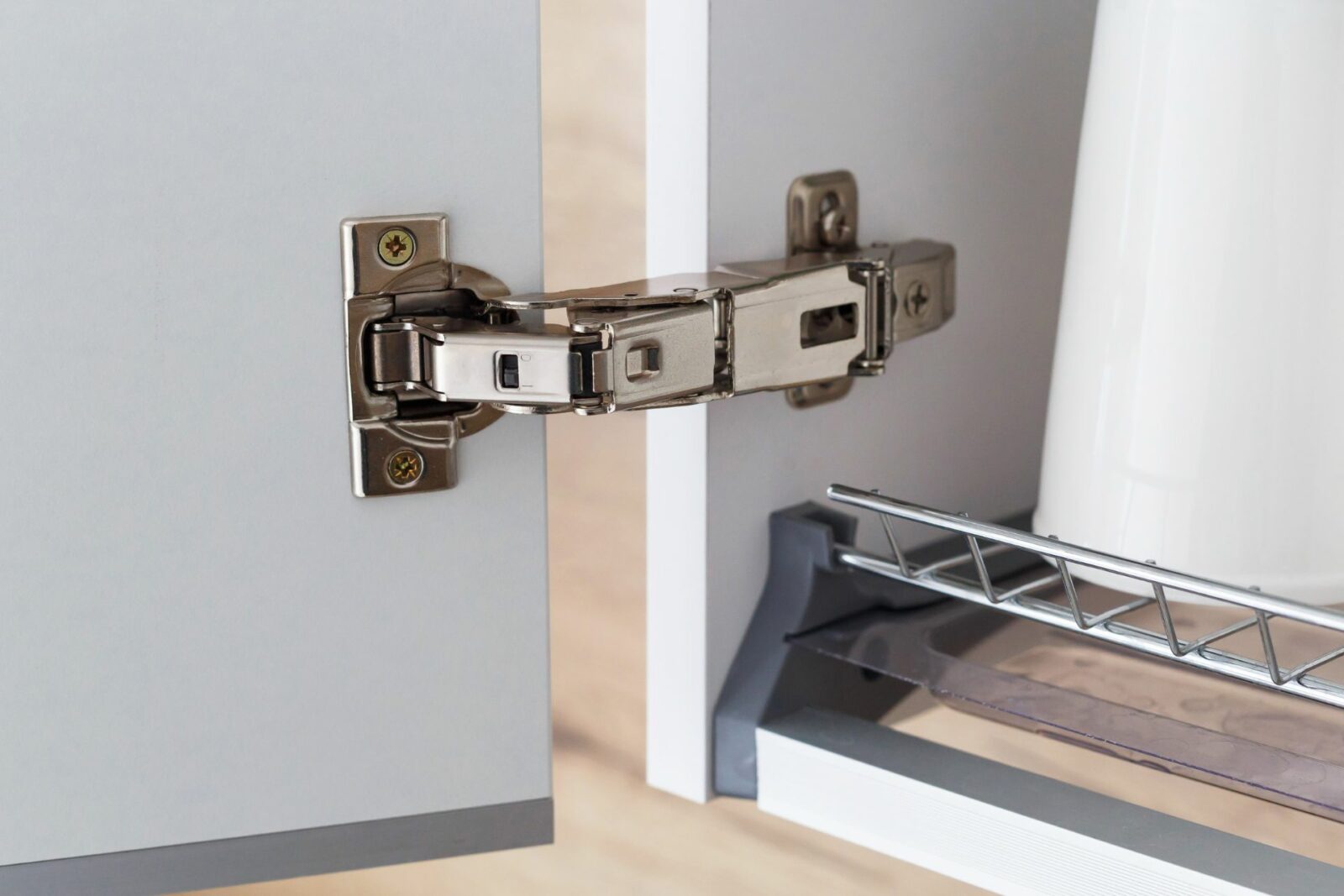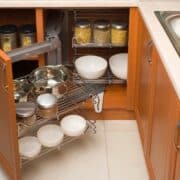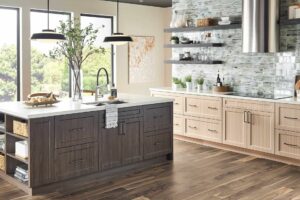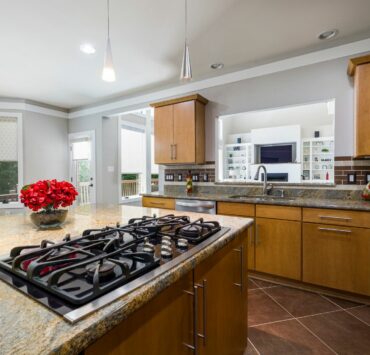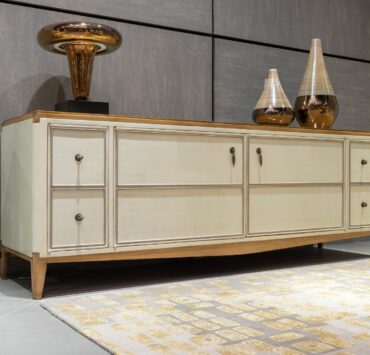Cabinet hinges, while often overlooked, play a crucial role in the function and style of your kitchen. They hold your cabinet doors together and ensure they open and close efficiently, while also contributing to the overall aesthetic of your kitchen design. In this blog post, we’ll delve into the fascinating world of cabinet hinge types, explaining their unique features and how to select the right one for your needs.
Understanding the Importance of Cabinet Hinges
Hinges are the unsung heroes of our kitchens, ensuring that cabinet doors function properly. But they’re not just about utility. The type of hinge you choose can significantly influence the aesthetic of your kitchen, from a sleek, modern design to a more traditional or rustic look.
Exploring Different Cabinet Hinge Types
Concealed Hinges
Also known as European hinges, concealed hinges are hidden from view when the cabinet door is closed, creating a sleek, clean look. They are fully adjustable and suitable for any door material. These hinges are ideal for modern, minimalist kitchen designs.
Semi-Concealed Hinges
Semi-concealed hinges are partially visible when the cabinet door is closed. This allows them to contribute to the aesthetic of the kitchen, adding a touch of metal that can complement other elements like hardware or appliances. They come in various finishes to match your décor.
Surface-Mounted Hinges
As the name suggests, surface-mounted hinges are fully visible and mounted on the cabinet’s surface. They come in a variety of styles and finishes, making them a significant decorative element in traditional or rustic kitchens.
Inset Hinges
Designed for inset cabinet doors, where the door sits inside the cabinet frame, inset hinges can be either concealed or semi-concealed. They provide a clean, streamlined look that works well in both traditional and modern designs.
Wrap Around Hinges
Wrap around hinges have a portion that wraps around the door or the frame, adding stability. They’re available in visible or hidden types and can support heavy or large cabinet doors.
Pivot Hinges
These hinges pivot from a single point, often used for overlay cabinet doors. They’re concealed when the door is closed, contributing to a seamless kitchen design.
Choosing the Right Hinge for Your Cabinets
When choosing cabinet hinges, you need to consider the cabinet’s style, the door’s weight, and your design preference. For example, if you’re aiming for a modern look with heavy doors, you might opt for concealed or pivot hinges. Conversely, for a traditional or rustic design with lighter doors, surface-mounted or semi-concealed hinges could be ideal.
Consideration for Installation
Different hinge types require different installation techniques. Some, like surface-mounted hinges, are relatively easy to install, requiring only screws. Others, like concealed hinges, might require professional installation as they involve drilling into the cabinet door.
Final Thoughts
Cabinet hinges might seem like a small detail in your kitchen, but they hold significant sway over your kitchen’s functionality and aesthetic. By understanding the various cabinet hinge types and their features, you can make a more informed decision when choosing the perfect hinges for your kitchen cabinets. Whether it’s the hidden convenience of concealed hinges or the rustic charm of surface-mounted hinges, there’s a hinge type to suit every kitchen design.
